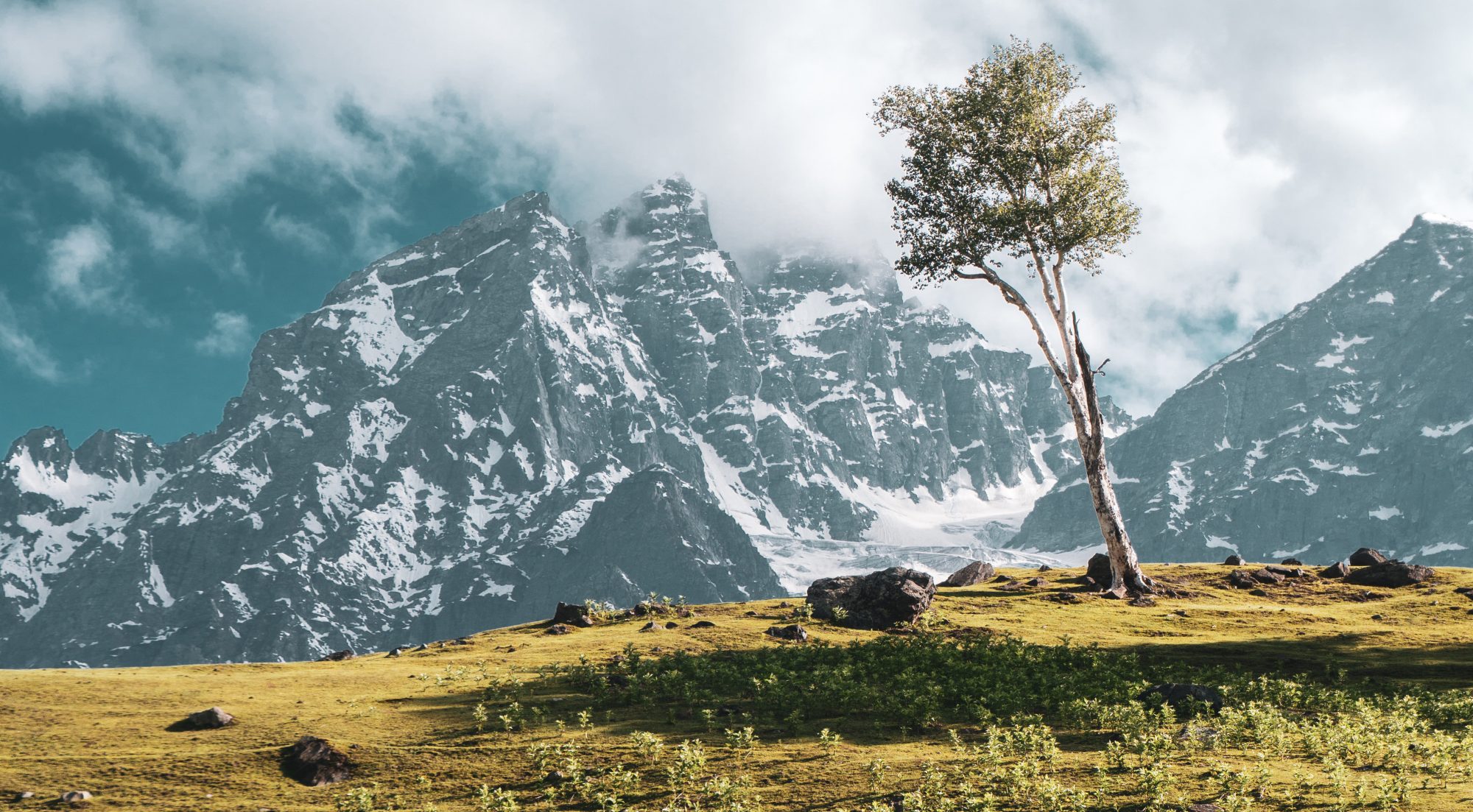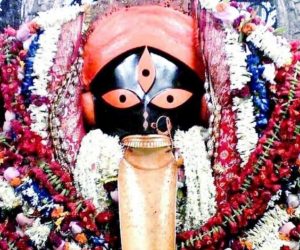
Tomatoes are a perennial favorite, especially in summer time, and there are of course several delicious ways to savor their bountiful goodness. For long, all I thought possible with tomatoes were grills and sautés, stews and soups, purees and ketchups. Till one fine day in Spain, when an encounter with tomatoes turned out, to put it mildly, beyond culinary.
Several summers ago, a group of us friends caught the European travel bug. Spain and Portugal, by popular consensus, was where we would peregrinate. Itinerary planning was given over to our ever-resourceful Hari Sathianathan, who set about poring over the maps to chart the course for our trip. Our jaunt was to last just over a week.
A quick glance at the itinerary revealed the names of several familiar places. Next to Valencia in Spain, though, was earmarked a day’s outing to Buñol. The next time I met Hari I probed him on what the side-excursion to Buñol was all about. His response was a mischievous smile, and then to evade the question, by deftly changing topic. I let it go, thinking best not to prod further, for it might just be that some places are best encountered sans any preamble and expectations.
Shortly after, our trip got under way, crisscrossing the Spanish countryside, touching Madrid, Seville, and beautiful Lisbon in Portugal. My Spanish vocabulary stayed confined to two magic words, ‘aqua caliante’, to help with my daily herbal tea regimen. After several such days of hot herbal tea, and evenings of fruit sangria, our road journeys brought us to Valencia, home of famed Valencia oranges. The next day was to be our outing to Buñol, and in the evening group briefing I finally heard the program. It was Tomatina, Buñol’s famous annual tomato festival. We were told the plentiful summer tomato harvest would bring thick crowds to indulge in a mass tomato throwing spree, and therefore to dress for any and all eventualities.
Early the next morning we took a cab to Buñol, reaching there in under an hour. It was just dawn, and we could already see swarms of people buzzing about the visitor drop off terminal. The streets wore a carnival look. To weather a tomato deluge, I wore a bright cherry red T-Shirt and a flimsy pair of red shorts, sans underwear. Best, I thought cleverly, to save my dwindling trip stock of all white underwear for after the festival. In retrospect, it proved to be a rather brave, though prudent decision.
We sauntered down a long downhill stretch of road, at the end of which there was a roundabout from where you could turn in to the center of town, with its narrower streets. As we came to the roundabout, we were witness, much to our amusement, to some spankingly good morning entertainment. Strutting about were two burly bare-bodied blokes, in pointed headgear, tight briefs and spiked boots, their outfits a bright tomato red. Their skimpy costume looked part Roman soldier, part Phantom. One of them read out orders from a scroll, while the other milled about submissively, tidying up odds and ends.
All of a sudden, perhaps to reassert authority, the scroll reader cracked his little whip for a tight slap to his companion’s not insubstantial bottom. The latter yelped in feigned surprise, proceeding to give his wide derriere a manly recovery rub. His booty cheeks blushed crimson, matching the solar orb just risen on the horizon. The scene was so extraordinarily comic we could not help but burst out in guffaws. Ignoring our irreverent bunch, the brawny duo went back to their show of order barking and subservience. Our excitement at the naughty spectacle of an enormous pink bum slapped red was utterly beyond limit.
The crowds gradually grew thicker as we made our way towards the center of town. As we crossed over a small bridge, somebody called out saying no T-Shirts allowed for men. I paid no heed, but as soon as we came to the next street intersection, there was a line of young men tasked with enforcing the rule. Even as I tried to duck and dodge, two of them came up, one from each side, to rip my T-Shirt off in a flash. In less than milliseconds, my bright red T-Shirt was history. As much as I mulled over the loss of it, the dexterity of the act left me hugely impressed. A feat such as this would have taken hours of practice to be able to execute so flawlessly. I was now bare-chested and free to celebrate. We were soon amidst a crushing crowd, very close to the center of town. The heat was turning up, and at one point we almost had the beginnings of a mini-stampede, but thankfully everyone stayed put without triggering further panic.
On both sides of the streets were apartments packed with tourists awaiting the beginning of the fest. Elegantly dressed ladies, perhaps on a package tour, peered curiously from the safety of the balconies, as the throngs from below exhorted them to come down and join the fun. There was even a Bollywood film crew, camera all set up and ready to capture live action. Soon enough, the first truck piled high with tomatoes rolled in slowly through the center of town, its helpers tossing tomatoes generously into all sections of the waiting crowd. Like thick pellets of rain before a summer shower, the first tomatoes whizzed about in the air and burst on us with a pronounced pop. Their speed through the air was surprisingly fast, enough to sting, leaving you little time or space to duck. Before long, the truck came down the street past us, and we were bombarded by a hail of tomatoes.
A second truck came, and then a procession of trucks unleashing a continuous barrage of the red missiles, with people trying futilely to fend off the zippy projectiles before they landed. It was soon a complete free for all as everybody turned to pelting squishy red blobs and peels at each other, while effectively scrubbing chests and arms and legs with lycopene, the healthful ingredient released from all that tomato pulp in the heat. The streets were soon flowing streams of tomato mash, as scantily clad hordes of men and women made sure there was not a patch of skin on anybody that wasn’t tingling red. Excitement touched peak. Everyone was going to smell of tomatoes for at least a day or two.
About an hour and more of the tomato volleys later, the last truck made its way down the streets, and the sun smiled bright from blue skies on the red bodied mass of frenzy below. Ingenious humans had managed to put tons of tomatoes to massively cosmetic purpose in a riotous street celebration. If this had been in India, you might have been excused for thinking it was a religious fair or mela, where everyone had been showered with vermillion dust from above.
India is indeed known for its grand Kumbh Mela festivals, where millions dip in the confluence of sacred rivers like the Ganges to cleanse themselves spiritually. As much as it is a cleansing time, it is also a time for celebration, attracting devout throngs, curiosity trippers and every kind of tourist in-between. Buñol’s annual Tomatina with its packed streets is verily a kumbh mela as well, except that the communal scrubbing that ensues is not so much of souls as of bodies. The crowds are however no less enthusiastic, with a frenzy of fervor to match and exceed. Not all of them may be up for a sobering dip in the holy waters of the Ganges. They certainly know however, how to revel in this unique tomato kumbh mela, with immersion in a Ganges of lycopene.

